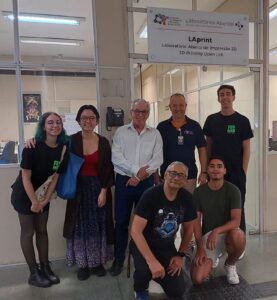Highlights
- LM-OSL of rose quartz is reported.
- The LM-OSL curve comprises two peaks which could be resolved into five components.
- The LM-OSL is subject to thermal assistance and thermal quenching.
- Results suggest that LM-OSL and the main TL peak correspond to the same recombination centre.
Abstract
We present linearly modulated optically stimulated luminescence (LM-OSL) of rose quartz. The luminescence was stimulated using 470 nm blue light. The time-dependent plot of the luminescence intensity shows two distinct peaks. Analysis of this LM-OSL curve by deconvolution shows that it consists of at least five components. A number of factors related to these components have been considered. In particular, the effect of beta dose on kinetic parameters such as the optical stimulation probability and the photoionisation cross-section are reported. The thermoluminescence (TL) glow curve measured at 1 °C/s after irradiation to 10 Gy shows a high intensity peak at 76 °C and weaker-intensity ones at 118, 192, 300 and 412 °C. The primary peak at 76 °C is affected by thermal quenching. The value of the activation energy for thermal quenching as evaluated using LM-OSL and TL are consistent suggesting a common recombination center for the LM-OSL and TL of the primary peak.



